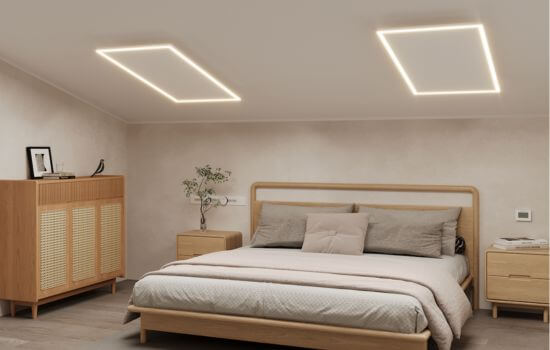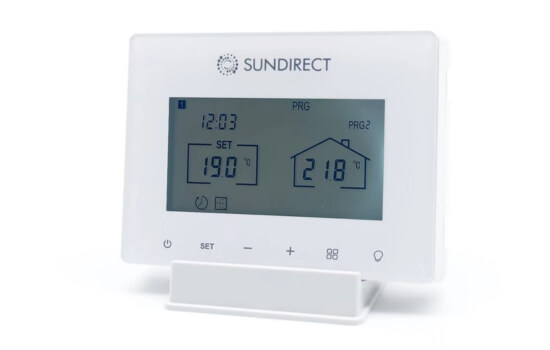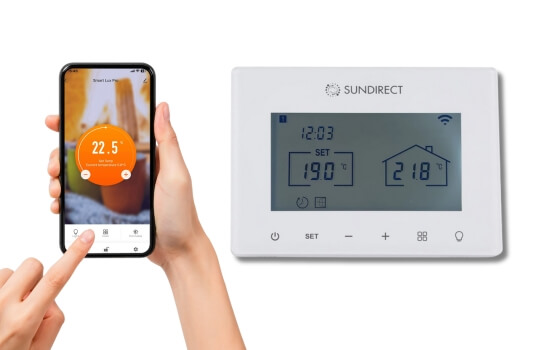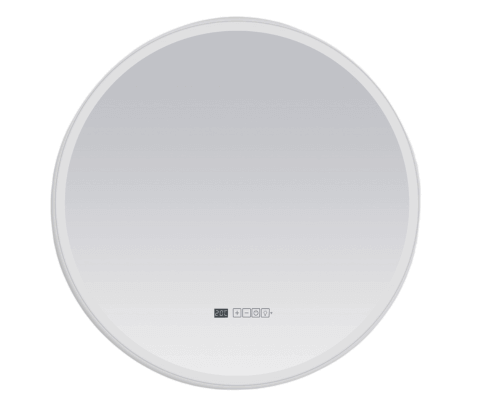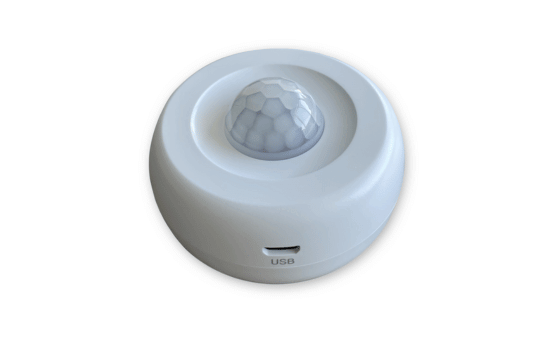Any home or commercial property has a wonderful outdoor living space where you can relax, sit and play games. One can spend time with loved ones and also enjoy food. Being outside is preferable when the weather is nice, but the winter chill can make it uncomfortable to spend time in the garden. As a result, you cannot use it outdoors.
But if you spend money on an outdoor infrared heater, you can enhance your outdoor living area and turn it into a fantastic spot to enjoy every day of the year. Outdoor heaters could be a great addition to any home because of their many benefits.
Getting Started
Choosing an outdoor heater can be challenging, though, because there are so many types available. This is especially difficult now that cutting-edge infrared heaters have hit the market and are promising the highest levels of energy efficiency and fast warming.
Due to their many benefits that the alternatives can’t match, infrared patio heaters are becoming more and more popular. Nevertheless, you need take care to choose the ideal product for your requirements and preferences.
Most people are unaware of the infrared radiation’s classification. They are divided into three categories far-infrared, mid-infrared, and near-infrared. There are no clear demarcations that set them apart. Instead, their classification is an outcome of the method used for measuring wavelength. This does not undermine its classification. As far as saunas are concerned, ”far-infrared radiation” has the strongest infrared benefits because it has the three’s shortest wavelength.
Types of heater
Wall-mounted outdoor heaters heavily rely on the process of conduction and convection to work. It implies that they heat the air, which heats our skin while we sit inside the sauna. However, the working mechanism of infrared does not depend on hot air at all. It makes use of a direct warming action allowing infrared rays to target our body without the need to propagate through hot air. They are quite similar to sunlight but minus the harmful effect of UV rays.
It implies that an infrared heating system can work at a lower surface temperature compared to traditional sauna heaters. Besides, they are cost-effective and energy-efficient to operate. The good thing about infrared heaters is that they could be plugged into a standard outlet. If you plan to buy a large unit, it may need a dedicated 15 to 20–amp plug. On the offset that you do not have one, you can request your electrician to install it. Thus, if you plan to buy heaters for your infrared sauna, you need to find out about the hardware required to operate it before making a final purchase decision.
Also Read : Buying Guide for Infrared Outdoor Heater: Choose the Right one

Your best bet
Infrared outdoor heaters are different when compared to traditional heating elements we see in Saunas. They resemble the look of plates or sheets than anything else. You will find that they are flat and thin. To work, effectively infrared radiation will need a large surface area. Hence, the bigger the size gets, the better it is. There are heaters, which come in the form of Incoloy rods and not as plates. However, they may not be a good choice, as the smaller surface area will compromise its ability to radiate infrared properly.
Ceramic materials and carbon fiber are the main material from which an infrared heating element is constructed. To evaluate the emissivity of different materials, i.e., an object’s ability to produce infrared radiation, you can use tables. The emissivity value of ceramic heaters is the highest. They are believed to be the only heaters that can emit far-infrared radiation and not be limited to mid or near-infrared radiation. If you are desirous of experiencing the best-infrared heating experience, your best bet is ceramic.
Making a befitting choice
While choosing infrared heating equipment, you need to research well. Hence, you must do your homework. However, heaters made of ceramic are the best still you will want to check the specific model’s emissivity when you are planning to buy one. Be sure of the electrical outlet that you need to have for successful operation. Keep in mind that you will want the heater to cover a large surface area. Feel free to ask a question and clear your doubts. The quality of the heater that you purchase will eventually determine your experience that you will have in the future. Thus, keep in mind that you have to make an informed choice.
Final Thoughts
The infrared heater is a technological marvel as it works in harmony with your body by producing infrared waves. It is similar to sun rays as the body willingly absorbs the far-infrared. This technology is frequently used in nursing homes, hospitals, therapeutic settings, and saunas. Studies have demonstrated that it renders health benefits like improving your body’s immune system, rendering protection against harmful bacteria and viruses. It improves the defense system of the body and improves blood circulation.
If you still have questions about infrared heaters, you can write them down. Contact your nearest colleagues who use infrared heaters. Their experience will be invaluable in making the best choice.

